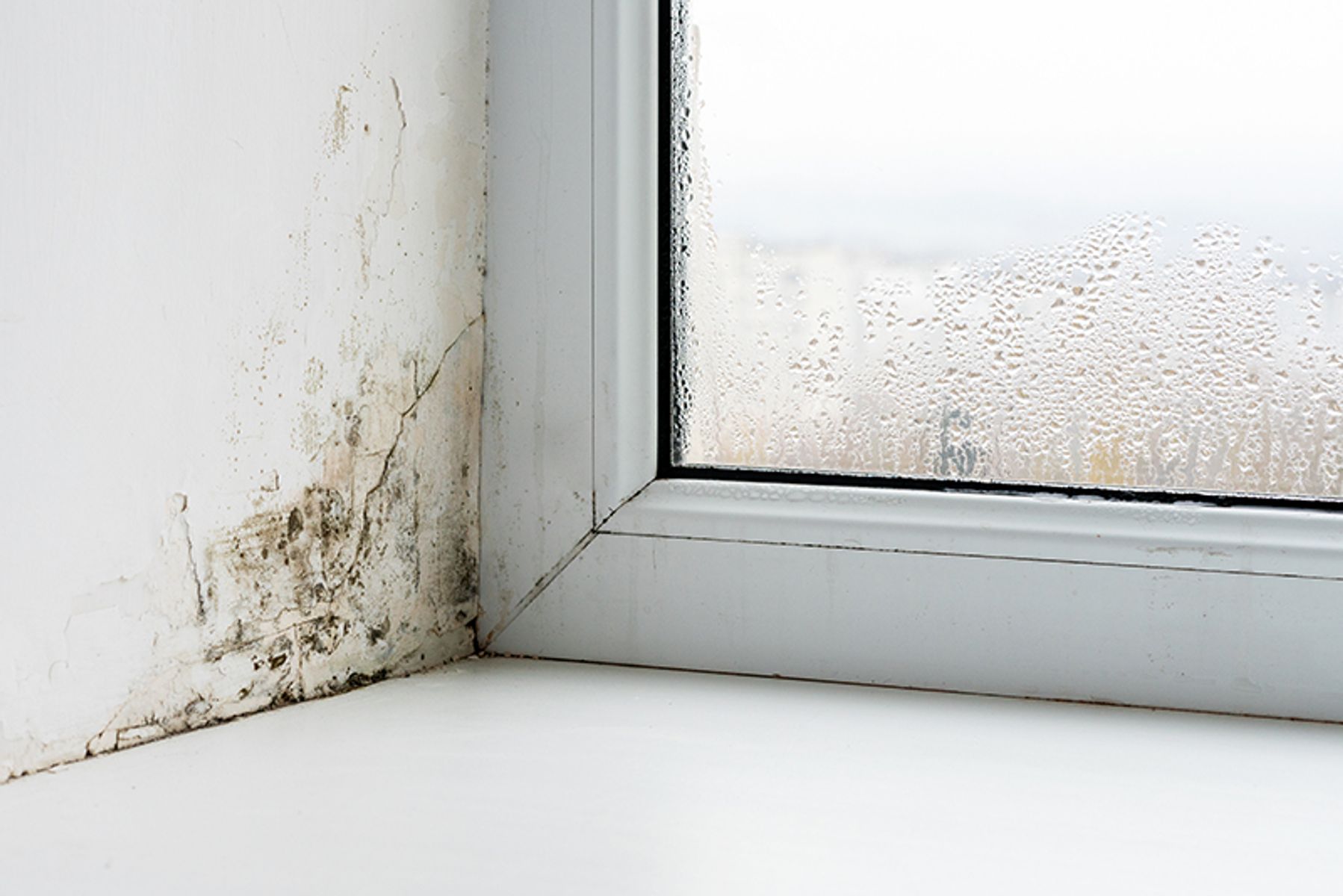In Australia and New Zealand, legislation recognises fair wear and tear, acknowledging that rental properties cannot remain in their initial condition indefinitely. The grey area between wear-and-tear and damage can be difficult to navigate for renters, owners, and property managers when it comes to deciphering who is responsible for the cost of repair or replacement.
Examples of fair wear and tear include fading carpets, paint wear, and loose door handles. These are expected results of everyday living and should be accounted for by investors when considering maintenance and property updates.
Conversely, damage caused by negligence, carelessness, or intentional acts by the renter, such as stained carpets, unauthorised paint jobs, or broken windows exceeds fair wear and tear and may warrant deductions from the security deposit.
Rental Providers or their property managers should conduct regular inspections, document property conditions at the start and end of tenancies and communicate maintenance responsibilities clearly to renters. This approach ensures both parties have clear expectations and contributes to a straightforward process for addressing wear and tear versus damage.
Understanding fair wear and tear is fundamental for owners to manage their properties effectively, ensuring both the preservation of their investment and the satisfaction of their renters.
The key to our strategy at First National Real Estate Neilson Partners is routine inspections and good communication, so investment property owners are not in for any major surprises.
It is important to note that each VCAT hearing for bond claims that we have been involved in over the past few months, has included age queries on items by the referee to apply depreciation amounts. This has included items like carpets, window furnishings, paintwork and wardrobe doors! Any time an item needs to be replaced or a compensation amount be applied to the cost to replace, VCAT members will now apply depreciation. If an owner is not already claiming depreciation through a tax return, it should be considered to offset any losses.
VCAT uses the Australian Taxation Office Property Guide as reference. Please see further information here.
Wear and Tear FAQ’s
Generally speaking, the definition of wear and tear is when something has deteriorated in a rental property due to regular use or impact over time. This is based on normal daily use and can be assessed as a gradual degradation over time.
What about floor coverings?
Where floor coverings are concerned, obvious things like large stains, burn marks, or scratches that weren’t there before are easily handled as part of the condition report. But things that are difficult to document across the course of a long tenancy, like the impact of a rolling office chair, or a fluffy smelly dog on an isolated patch of carpet are more tenuous.
What would be considered reasonable wear and tear to one renter, investor, or property manager, could be seen as damage by another – not to mention varying VCAT member opinions.
What steps are taken to reach an agreement?
In every case, the default first step is to refer to the original condition report. Ideally, the condition of the carpet today should mostly match the photos taken at the commencement of the rental agreement.
A large, significant stain (or numerous stains) that were not evident in any of the photos from before, would generally be deemed outside the definition of wear and tear and the owner should be able to claim for it to be attended to.
What About Depreciation at a Rental Property?
It is not always straightforward. Depreciation is a key factor in making decisions around wear and tear. Generally, a carpet's shelf life in terms of depreciation is about 8-10 years. After this time, it is no longer considered an asset, and claims on its value can no longer be made. Investors claim depreciation of an item each year within their tax returns (or should be), so at the end of that 8–10-year period, the carpet is effectively worth nothing.
How can you claim compensation for something that has no monetary value?
So, if for example, a renter accidentally spills hot candle wax on a 12-month-old carpet, the outcomes around repair or replacement could be quite different from the same accident occurring on an 11-year-old carpet. You’re far less entitled to claim a portion of the renter’s bond to repair a small section of damage to a 12-year-old carpet than you would be if it still had a considerable amount of time left in its shelf life. If the renter has lived with old carpet for some time (that you’ve not been inclined to replace) and/or you intend to replace the carpet sometime in the near future, it may be better to consider negotiation and split the difference.
Listen to the Experts
We encourage property owners to always follow the lead of their First National Real Estate Neilson Partners property manager when it comes to making these decisions.
Our property managers have seen hectares of carpet in their careers and are trained to give our investors good advice when it comes to maintaining your property and increasing its rental value.











